T4K3.news
West Bank model shapes Ukraine talks
A new peace idea uses a West Bank style occupation to end the Ukraine war, raising sovereignty and legal questions.
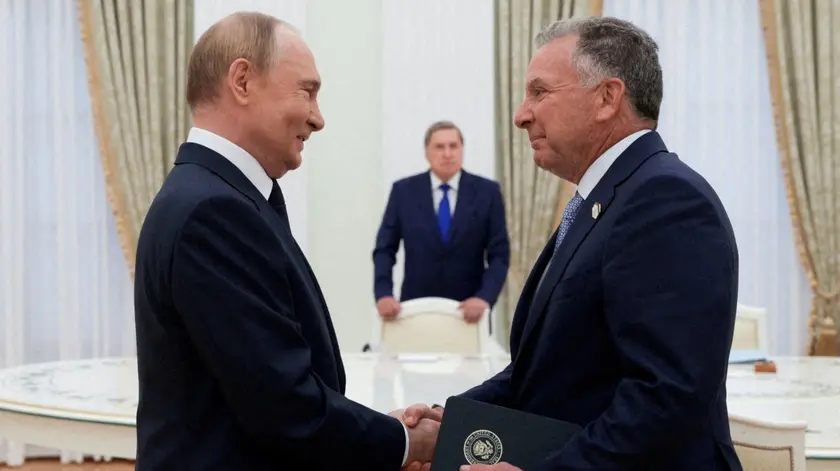
A Times report says a West Bank style occupation is being discussed as a possible endgame for the Ukraine war.
West Bank model shapes Ukraine talks
The Times reports that Russia and the United States have explored using Israel’s occupation of the West Bank as a model to end the war in Ukraine. Under the scenario, Russia would hold military and economic control over occupied Ukrainian territory while a Russian governing framework would operate in the area. The discussions reportedly involved Steve Witkoff, President Trump’s peace envoy, and his Russian counterparts, and are said to aim at bypassing a nationwide referendum by using a governance approach rather than a border redraw. Zelensky has publicly ruled out handing over land, but supporters see the plan as a way to secure a ceasefire without altering Ukraine’s formal borders. The White House has been asked for comment.
The model would keep borders unchanged on paper, while conceding de facto control under a Russian-led administration. The Times notes that Israel’s occupation has faced widespread international criticism and court rulings, a contrast that complicates any attempt to reuse the approach in Ukraine. The article also cites differing legal and political constraints that could shape how negotiators frame a possible settlement and whether Kyiv and its allies would accept a solution that relies on occupation rather than consent. A broader debate about the feasibility and legality of such an arrangement is presented alongside reflections on what real-world power politics may tolerate.
Key Takeaways
"We recognise the reality on the ground"
Quoted in The Times as a rationale for the approach
"Ukraine will never give up its sovereignty"
Zelensky's stated position in response to land concessions
"Itll be like Israel occupies the West Bank"
Description of the proposed model by a source in the report
"We live in the real world"
Sebastian Gorka on the practicality of the plan
This proposal exposes how diplomacy can tilt toward hard power when the clock is ticking. It tests the line between sovereignty and practical settlement and asks whether a ceasefire is worth a longer struggle over legitimacy. The idea also signals how far some negotiators are willing to bend legal norms to reach an accord. If pushed, it could widen divisions with allies who insist on clear sovereignty and consent, and it may invite fresh international scrutiny or backlash.
The episode underscores a fragile reality in modern diplomacy: ideas travel faster than consensus. It highlights the danger of using a familiar trope from one conflict to try to fix another, especially when public reaction could sway support for or against a deal. Observers will watch whether any senior officials lend credibility to the concept or dismiss it as a dead end that would stain reputations more than it would shorten the war.
Highlights
- Real world politics is rarely neat
- Peace that depends on occupation risks a new fault line
- Maps change fast when power writes the rules
- Sovereignty is tested by the choices leaders make
High political and legal risk
The proposal touches sovereignty, international law, and major alliances. If pursued, it could provoke backlash from Kyiv, allies, and international bodies, complicate diplomacy, and risk escalation.
The coming days will show how far diplomacy can go when power and principle collide.
Enjoyed this? Let your friends know!
Related News

Europe to fund Ukraine defense continues

Trump signals peace talks with Russia ahead of Alaska summit
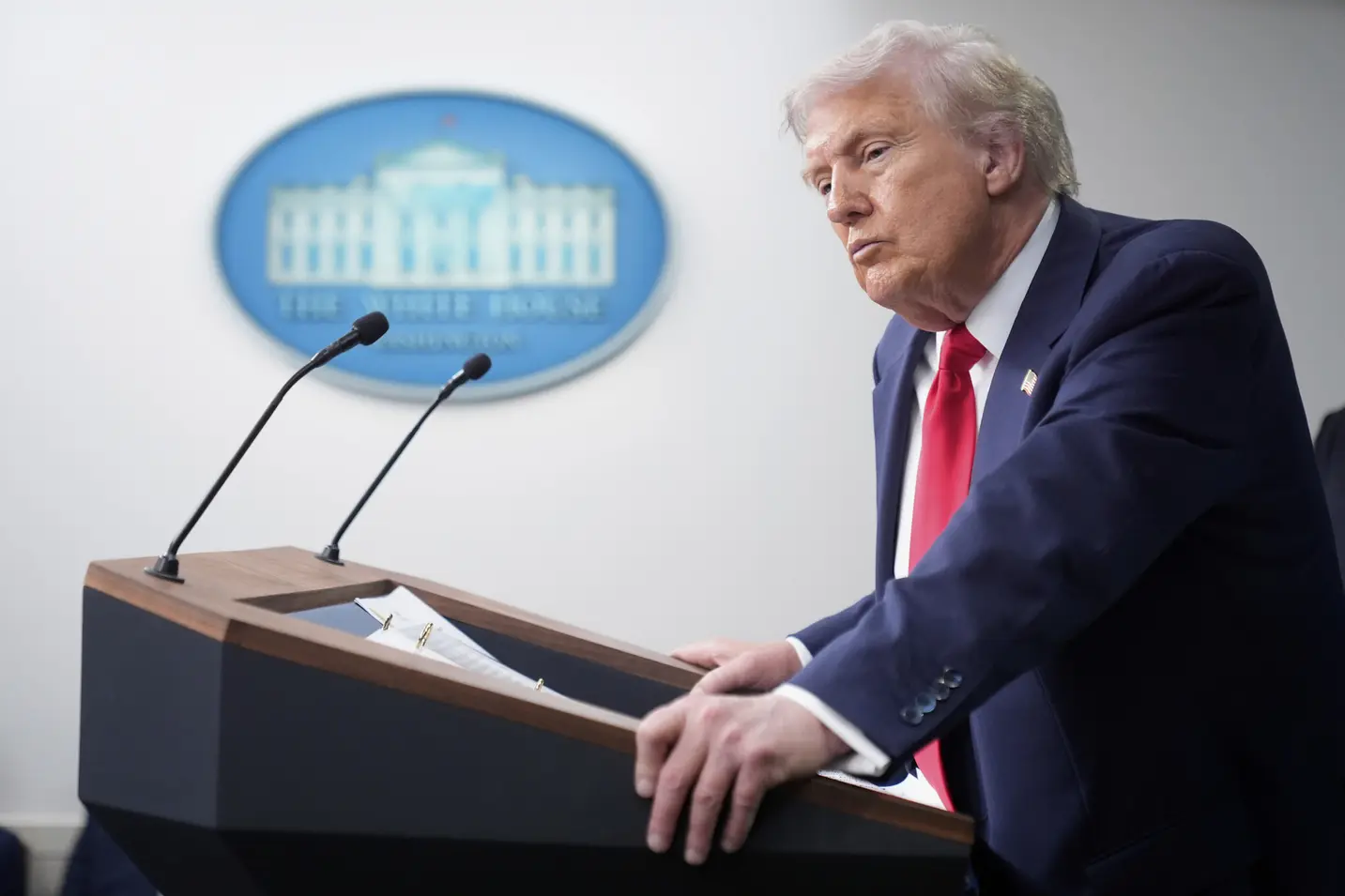
Trump overhaul trims Israel critique in human rights report
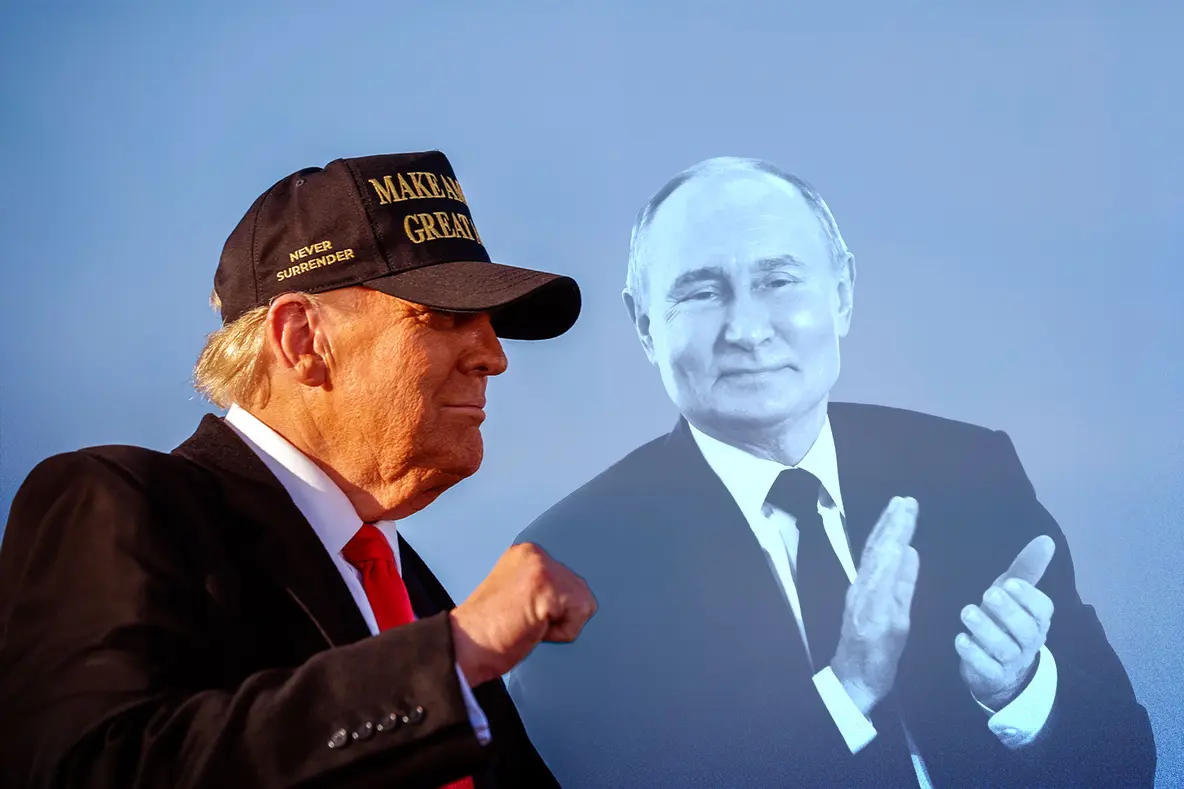
Ukraine at stake as Trump invites Putin to Alaska summit
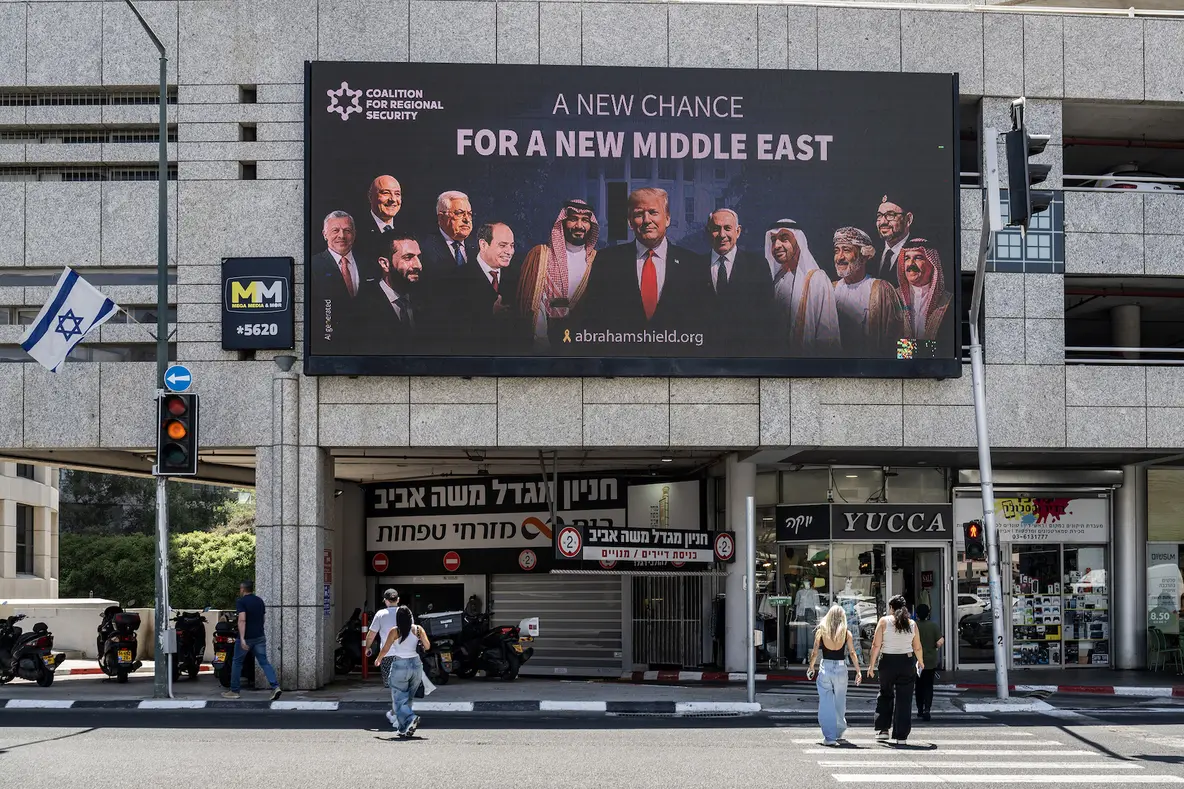
Two-State Solution Dead

Kremlin presses Donetsk surrender in ceasefire offer

Europe coordinates with Trump ahead of Putin summit
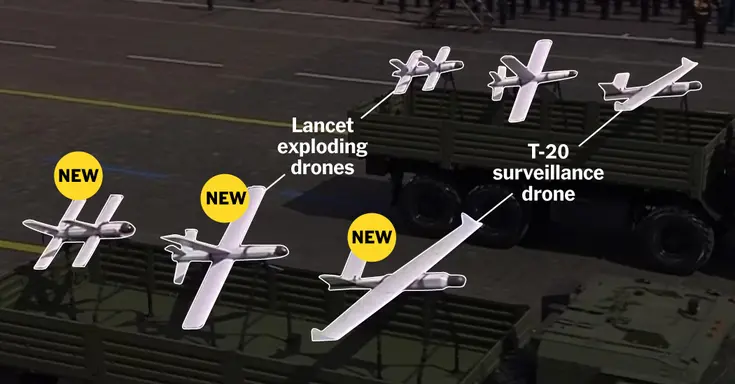
Russia Builds a Wartime Edge
